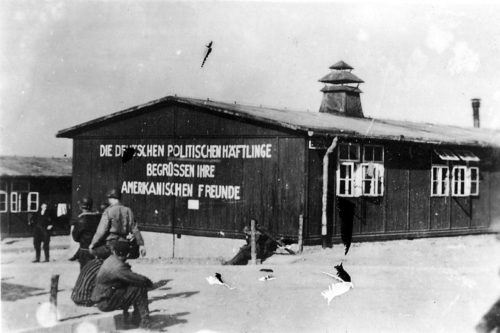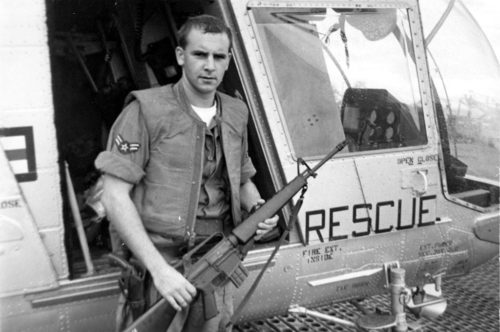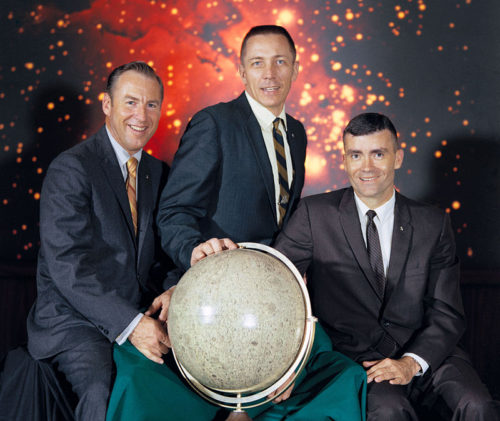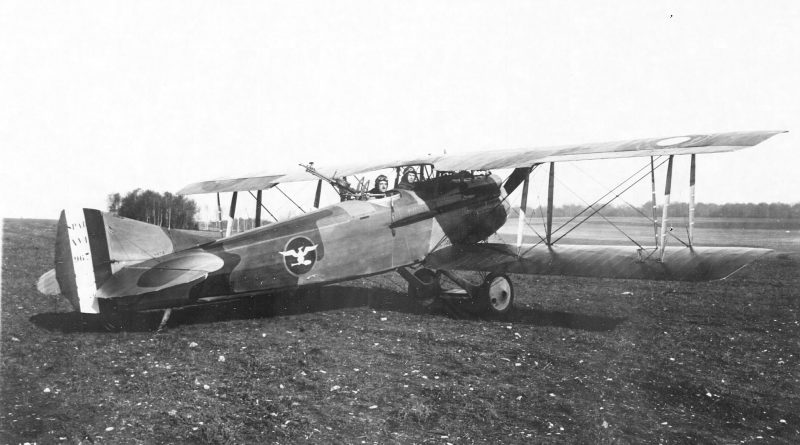April 11 in U.S. military history
1918: 1st Aero Squadron pilots, equipped with the French Spad biplanes (featured image), perform the first American reconnaissance flight over enemy lines during World War I.
1945: At 3:15 p.m. a detachment of soldiers from the 9th Armored Infantry Battalion reach the front gates of Buchenwald concentration camp near Weimar, Germany. The emaciated prisoners give their American liberators a hero’s welcome. The Nazis incarcerated over a quarter million people in one of Germany’s first and largest camps, leading to some 56,000 deaths.

The SS manages to evacuate many of Buchenwald’s prisoners before Patton’s Third Army can reach the site. The prisoners left behind are in such a horrible state that many dozens continue to die each day after regaining their freedom. Nearby residents of Weimar are ordered to tour the site to “see for themselves the horror, brutality and human indecency.”
1951: Pres. Harry Truman removes Gen. Douglas MacArthur from his position as Supreme Commander for the Allied Forces in South Korea for the esteemed general’s repeated – and very public – disrespect to the president. MacArthur’s replacement is Gen. Matthew B. Ridgway, who had been serving under MacArthur as Commanding Officer of the Eighth Army.
Ridgway will move on to replace Gen. Dwight Eisenhower as head of NATO in 1952, and becomes the Army’s top officer when he is named Chief of Staff the following year.
1966: The 1st Infantry Division clashes with the Viet Cong east of Saigon and rescue helicopters are dispatched to evacuate the casualties. Airman First Class William H. Pitsenbarger descends into the jungle to help hoist the wounded into the helicopter. When one of the choppers is hit by enemy ground fire and has to depart, the Pararescueman waves off his ride and remains with the soldiers.

Pitsenbarger helps treat the wounded and distributes ammunition from the dead, and when not dragging injured soldiers from withering fire that killed or wounded 80 percent of the unit, he returns fire. Pitsenbarger was killed during the assault and is found the next day holding a rifle in one hand and a medical kit in the other. Pitsenbarger becomes the first enlisted airman to be awarded the Air Force Cross, and his medal is upgraded to the Medal of Honor in 2000.
1970: At 13:13 NASA Time (1:13 p.m. Central), a Saturn V rocket blasts Capt. Jim Lovell (US Navy), Jack Swigert (former U.S. Air Force captain), and Fred Haise, Jr. (former Marine Corps/Air Force captain) into space from the Kennedy Space Center.

The famous Apollo 13 mission is plagued with disaster: three days before launch, Command Module Pilot – and former Naval aviator – Ken Mattingly is exposed to German measles and is replaced by Swigert; one of the rocket’s engines shuts off two minutes early while carrying the crew into space; and in two days into their journey to the moon (on Apr. 13), an oxygen module explodes, aborting the mission.
